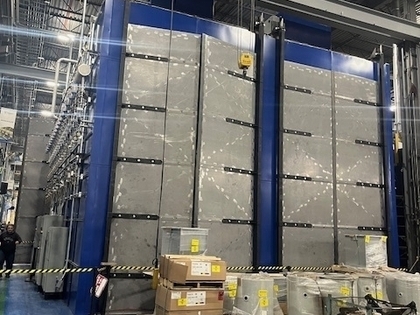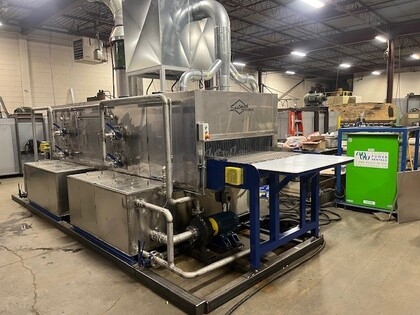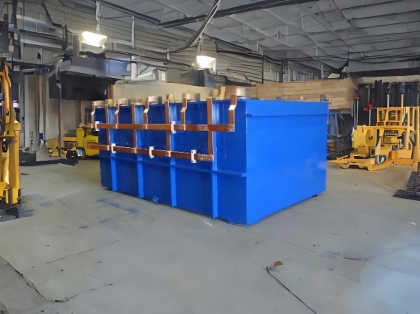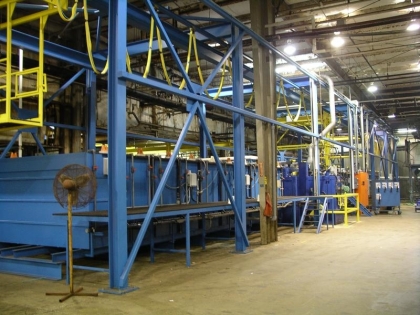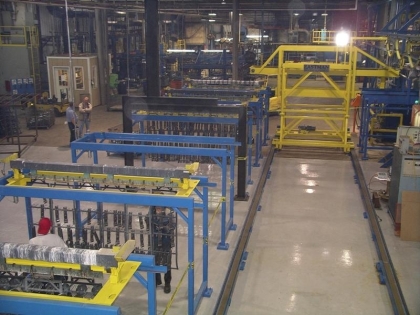Gas Fired-Ovens Or Indirect Gas-Fired Ovens?
Gas fired ovens are kitchen appliances that use natural gas or propane as a fuel source to heat up and cook food. These types of ovens are popular among home and commercial applications alike. They can quickly reach high temperatures, which makes them ideal for cooking dishes that require intense heat like pizza or bread.
This blog is for the ones who are looking out for gas fired ovens but are confused between the gas fired or indirect gas-fired options. With so many choices out there, it can be difficult to determine which one best fits your needs. That's why we're here to help! In this article, we'll break down the differences between gas fired ovens and indirect gas-fired ovens and provide some helpful tips on how to choose the right one for you.
What is the Difference Between Gas Fired Ovens and Indirect Gas Fired Ovens?
The transfer of heat:
Gas fired ovens and indirect gas fired ovens both use gas as a fuel source, but they differ in how the heat is transferred to the food being cooked. In a direct gas fired oven, burners are located inside the cooking chamber and the food is heated directly. This method of heating is fast and efficient, making it ideal for high-volume commercial operations.
Indirect gas fired ovens work differently. They have separate chambers for combustion and cooking, with heat being transferred indirectly through walls or tubes that separate the two chambers. As a result, this type of oven tends to cook more evenly and at lower temperatures than direct-fired models.
Temperature control:
One advantage of indirect ovens over their direct counterparts is that they offer greater flexibility in terms of temperature control. By adjusting the position of dampers or air flow valves between the combustion and cooking chambers, it's possible to fine-tune temperatures precisely.
Production volume:
Indirect ovens tend to have lower production capacities than their direct counterparts since they need extra space for heat exchangers and burners; therefore, they may not be ideal for large-scale operations.
Hope this blog helps you identify the pros and cons that would help you in determining which oven fits you the best. Contact us at Eastman Manufacturing Inc. to source high-grade heat-treating equipment. Call today.


